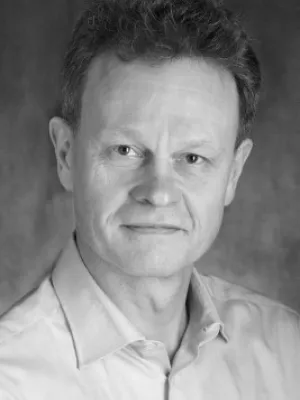
Anders Irbäck
Professor

Folding lattice proteins with quantum annealing
Författare
Summary, in English
Quantum annealing is a promising approach for obtaining good approximate solutions to difficult optimization problems. Folding a protein sequence into its minimum-energy structure represents such a problem. For testing new algorithms and technologies for this task, the minimal lattice-based [hydrophobic (H) or polar (P) beads] HP model is well suited, as it represents a considerable challenge despite its simplicity. The HP model has favorable interactions between adjacent, not directly bound hydrophobic residues. Here, we develop a novel spin representation for lattice protein folding tailored for quantum annealing. With a distributed encoding onto the lattice, it differs from earlier attempts to fold lattice proteins on quantum annealers, which were based upon chain growth techniques. With our encoding, the Hamiltonian by design has the quadratic structure required for calculations on an Ising-type annealer, without having to introduce any auxiliary spin variables. This property greatly facilitates the study of long chains. The approach is robust to changes in the parameters required to constrain the spin system to chainlike configurations, and performs very well in terms of solution quality. The results are evaluated against existing exact results for HP chains with up to N=30 beads with 100% hit rate, thereby also outperforming classical simulated annealing. In addition, the method allows us to recover the lowest known energies for N=48 and N=64 HP chains, with similar hit rates. These results are obtained by the commonly used hybrid quantum-classical approach. For pure quantum annealing, our method successfully folds an N=14 HP chain. The calculations were performed on a D-Wave Advantage quantum annealer.
Avdelning/ar
- Beräkningsbiologi och biologisk fysik - Genomgår omorganisation
- eSSENCE: The e-Science Collaboration
Publiceringsår
2022-10
Språk
Engelska
Publikation/Tidskrift/Serie
Physical Review Research
Volym
4
Issue
4
Länkar
Dokumenttyp
Artikel i tidskrift
Förlag
American Physical Society
Ämne
- Structural Biology
- Other Physics Topics
- Other Computer and Information Science
Status
Published
ISBN/ISSN/Övrigt
- ISSN: 2643-1564